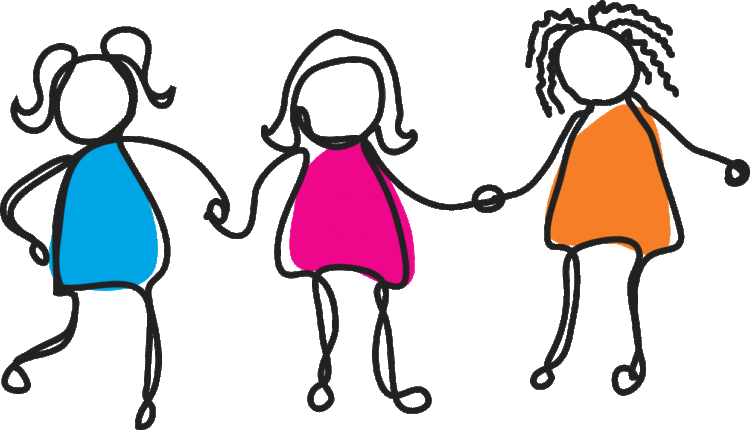This sentence contains everything that good narrative writing should. There's the specific detail of the narrator, and there's universality — the wonder we humans experience when faced with a child growing up.
It seems remarkable to me that we constantly marvel at perfectly normal child development. Earlier on the very day I read this sentence, I'd been in a very busy New York City bagel shop, eating and people-watching. It was impossible not to people-watch, because the line waiting to order looped around those of us already seated. A small child caught my eye, in part because she'd walked past her mother and I could foresee a moment of worry. (“She's over here,” I was ready to say when her mom looked around to see where her youngest was. It didn't come to pass.)
The child held my eye because she was perfectly at ease, poking her fingers out one by one and talking to herself, playing some game or exploring some rhythmic pattern. Then I noticed a young woman, maybe 15 or 16 years old and likely the child's sister, who was standing nearby, quiet and still. A flash of wondering took hold: What changes between those ages? Why are the young so open (and weird) and the teens so closed (and contrived)?
So, when I read this sentence in 'The Hate U Give," author Angie Thomas yanked me back to my bagel shop reverie. Her main character, a 16-year-old, recognizes the very same wondering in her mother's eyes, underscored with familial certainty: "I see the child within you." In Thomas's assured hand, the next sentence lets the reader know that Starr, the teenage narrator, is both comforted and annoyed by this: “It's weird but also kinda like a blanket I wanna get wrapped up in.”



